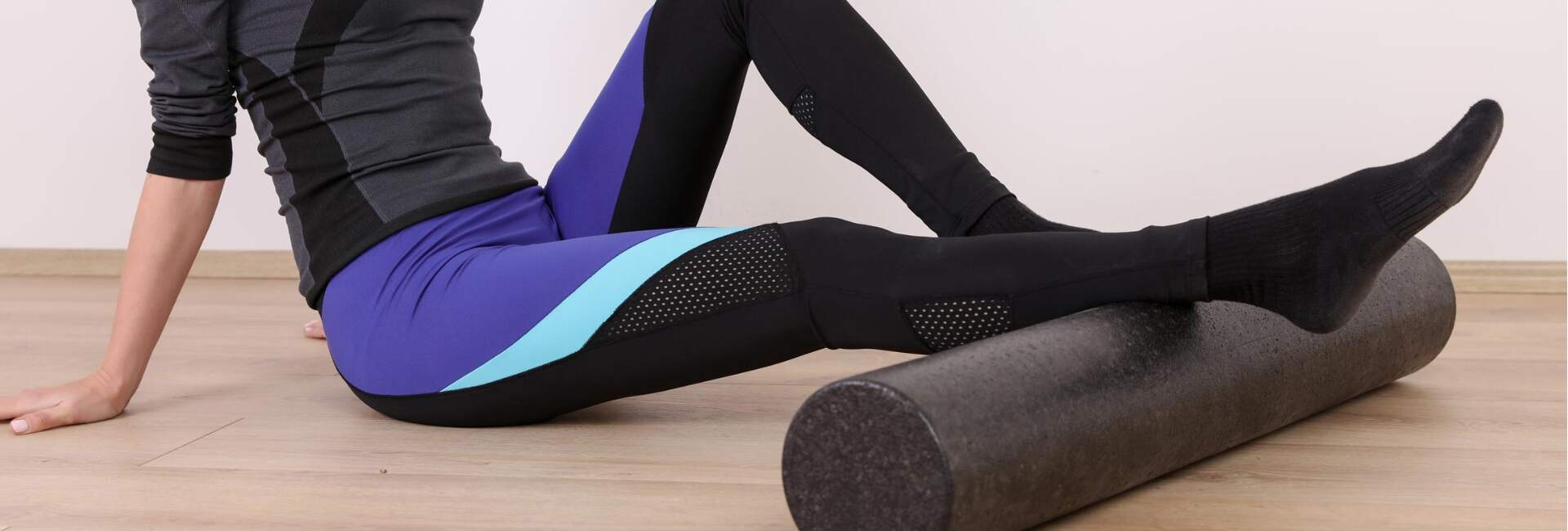Understanding and Managing Plantar Fasciitis
What is plantar fasciitis?
Plantar fasciitis is one of the most common causes of heel pain. It involves inflammation of a thick band of tissue that runs across the bottom of each foot and connects the heel bone to the toes (plantar fascia).
Symptoms of plantar fasciitis commonly includes stabbing pain that usually occurs with your first steps in the morning. As you get up and move, the pain normally decreases, but it might return after long periods of standing or when you stand up after sitting.
The cause of plantar fasciitis is poorly understood. Some common factors that make you more likely to get plantar fasciitis include being flat-footed, having a job where you stand on our feet a lot, obesity and other similar contributors.
What if my plantar fasciitis is so bad that I can't walk?
If you find yourself with intense heel pain that changes your activities and recreational participation it may be time to seek out treatment help. If you continue avoiding walking or walk too long with pain your gait will change and can cause knee, ankle, or even hip pain over time. Physical therapy is an optimal choice for the treatment of plantar fasciitis pain. As musculoskeletal experts, PTs can uncover the root cause of your condition, and create a customized treatment plan.
Will plantar fasciitis go away on its own, or is there home treatment?
Plantar fasciitis is considered a self-limiting disorder, which means that no matter what, it will get better with time. Time, in this case, means anywhere from a few months to 1 year. Some people don’t want to wait that long, and they pursue conservative treatments such as therapies, splint use and orthotics in their shoes for better support.
Additionally, there are some ways you can address your pain and discomfort at home, and keep the condition from worsening. Try the exercises and stretches below.
Gastroc Stretch
- Put the calf you want to stretch back and stand in a stride stance.
- Feel free to use a wall for balance so you are comfortable.
- Once in that stride stance bend the front knee and keep the back heel on the ground until you feet a stretch in the back calf.
- Hold the stretch for 30 seconds.
- You will want to do 2-3 repetitions per side.
Foot Rainbows
- Take your shoe and sock off so you can see what your foot is doing for better motor control.
- Keeping your heel on the ground lift your foot off the ground and swivel your foot so you touch the knuckle of your big toe to the ground.
- Lift your foot then swivel in the opposite direction so you touch the pinkie knuckle down.
- Try not to let your knee move – you want the movement to come from the foot itself, this makes sure that your intrinsic foot muscles are practicing moving the arch of your foot
- Repeat 10-20 times.
Toe Spreading
- Again, take your shoe and sock off so you have a better brain/muscle connection.
- Keeping your heel/toes flat on the ground, try to spread your toes apart.
- Repeat 20-30 times.
Calf Foam Rolling
- Place the foam roller on the ground beneath the middle of your calf muscle.
- Bend the other knee to help support your weight and lift up a little to place weight through the roller and use the leg on the roller to move up and down your calf muscle.
- If you feel like you need more pressure – stack your leg that is not on the roller onto the one on the roller and use your arms to lift your body weight up while you roll up and down your calf.
- Try to roll 10-20 times up/down the calf. Take breaks as needed.
When to seek out professional help?
If the pain has gone on and been consistent for one month or longer, or you are noticing that you are changing how you walk or avoiding walking or being on your feet at all, it is time to seek out professional help.
Physical therapy is a direct access healthcare service – meaning you can see a physical therapist without a referral from a doctor. Don’t hesitate to call your local PT office to make an appointment. Our team is more than happy to verify your insurance benefits.
A physical therapist will evaluate your foot and guide you with conservative management strategies that are individualized to you to get you back on your feet and active again as quickly and safely as possible.

Find relief for plantar fasciitis.
As physical therapists, we know the importance of movement for overall health and well-being. If you have pain in your heel or the arch of your foot, you may have plantar fasciitis, and we can help!

